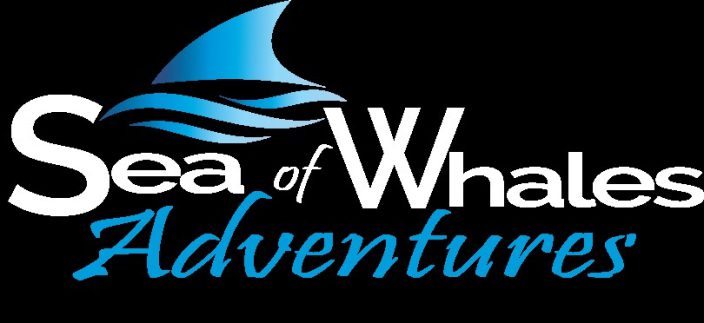
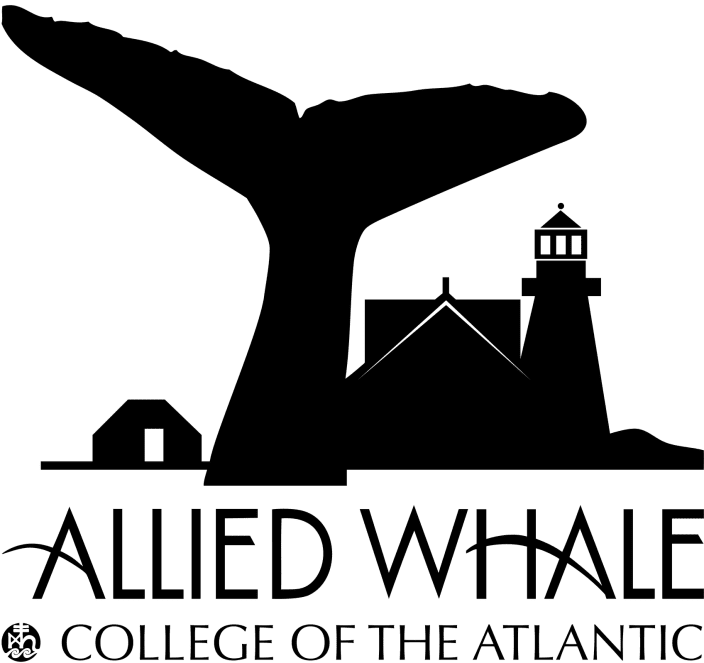

Humpback whales found in Irish waters are known to travel in a north-south direction along the eastern North Atlantic, but one individual has unexpectedly been discoverd over 3,300 km nearly due west.
On Jan 17th 2010, a humpback whale was observed and reported to the Irish Whale and Dolphin Group (IWDG) Sighting Scheme by local IWDG members in inshore waters off Hook Head, County Wexford on the Irish south east coast. Over the following days a team from the IWDG successfully obtained a biopsy sample, under licence from the National Parks and Wildlife Service, and secured photo-identification images. The biopsy confirmed this to be a male, and observations enabled the team to determine that this was a young, sub-adult specimen. The images of the ventral fluke and dorsal fin confirmed that this was a new humpback whale previously undocumented in Irish waters and so it was added to the Irish Humpback Whale Catalogue curated by the IWDG and allocated a unique ID of #HBIRL11.

As with all humpbacks photographed in Irish waters, images of this individual were shared with our partners at Allied Whale at the College of the Atlantic, Bar Harbor, Maine, USA, who manage the North Atlantic Humpback Whale Catalogue (NAHWC) and have a database of 11,000+ individual humpbacks. At the time, this whale was determined to be a new individual for the wider North Atlantic catalogue and was allocated a unique ID of na04753.
Research charters by the IWDG and opportunistic whale watching trips run by Martin Colfer confirmed this whale remained in the area over a 42-day period, with 24 confirmed sightings between January 17th and February 28th, all in the waters adjacent to the Hook Head Peninsula (see sightings map). It was regularly observed feeding on sprat and herring, often in the same area as both fin whales and short-beaked common dolphins.
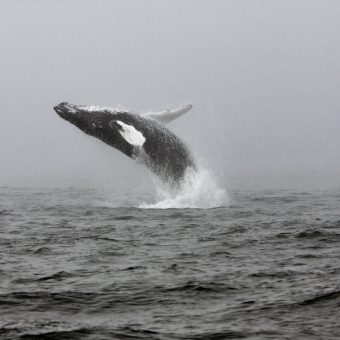
#HBIRL11 Hooky breaching off Hook Head, Wexford Jan 23rd 2010 © Pádraig Whooley, IWDG
On one particularly memorable day, we observed it from a distance breaching in the fog and approached it, not knowing that it would still be breaching by the time we were within camera range of it (see image). We estimated that it breached on no less than 45 consecutive occasions, and it was our good fortune that we had a film crew from Crossing the Line Films who captured this spectacular display that later showcased on both national and international television on the RTE Wild Journeys series.
There have been no updates on this individual over the past 13 years, as he has not been recorded in Irish waters since. Of course, this doesn’t mean he hasn’t returned, as it is always possible that his movements could have gone undetected. But if he, like so many other “Irish” humpbacks, was a regular returnee to our shores, then we’d reasonably expect that he’d have been recorded at least occasionally. But that all changed with an email from our colleague Lindsey Jones at Allied Whale on February 19th, which gave us the news that this whale was re-sighted in Newfoundland, Canada. This whale had been spotted several times between July 27th and August 18th 2018, and again on June 20th 2021, around the Bonavista Peninsula by Kris and Shawna Prince of Sea of Whales Adventures; a whale watching company based in Trinity Bay on Newfoundland’s east coast. Reg Kempen is an integral part of Sea of Whales’ photo-identification program and he catalogues their Photo ID data and submits it to the NAHWC at Allied Whale. Their catalogue now includes an impressive 1,400 individual humpback whales.
Humpbacks typically exhibit high site fidelity to the feeding ground their mother brought them to as a calf. To our knowledge, this whale, na04753, was not sighted or photographed as a calf or in any year prior to 2018 in Newfoundland, despite lots of photo-identification effort in the region annually.
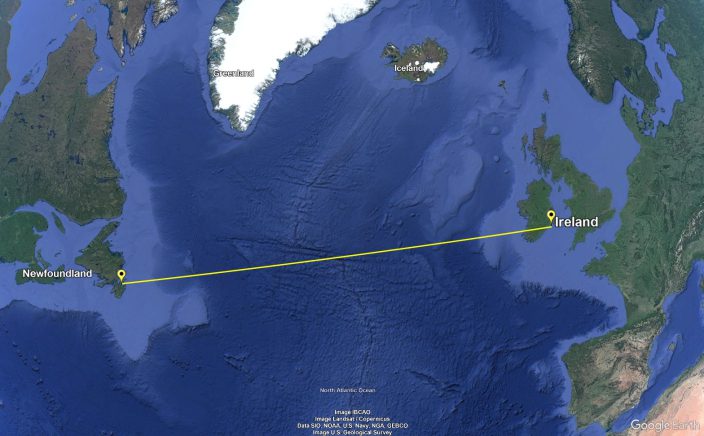
Sighting locations of whale na04753 in Ireland in 2010 and Newfoundland in 2018 and 2021. The yellow line connecting the sightings is the shortest distance between the points, not the migration route of the whale, which is unknown.
Can you spot the points of similarity between the tail fluke and dorsal fin markings on this montage below? Over eight years some dark areas of the fluke’s ventral surface have brightened and the damage to the dorsal fin has healed considerably (Ireland top, Canada lower).
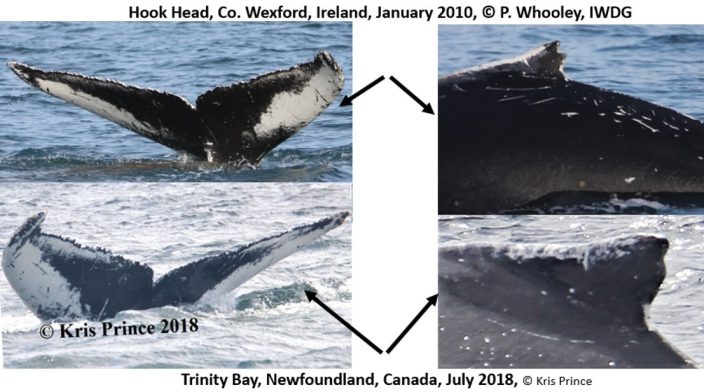
This is an important development, as it is so much more than a first humpback match between Ireland and Canada, it is also the first re-sighting between Ireland/British Isles and the western North Atlantic feeding grounds. The fact that this individual has been recorded in two known feeding areas, Newfoundland (Summer) and Irish South coast (Winter), is noteworthy and might call into question notions that this species remain faithful to one particular feeding area.
We extend a huge thanks to our colleagues Lindsey Jones @alliedwhale, Kris and Shawna Prince @SeaofWhalesAdventures and Reg Kempen.
By Pádraig Whooley, IWDG, e: padraig.whooley@iwdg.ie
The Irish Humpback Whale Catalogue can be viewed on https://iwdg.ie/photo-identification/
If you like to learn more about the IWDG’s work on humpback whales in Irish waters, join us at Whale Tales 2023. Booking via Eventbrite on
https://www.eventbrite.ie/e/whale-tales-2023-tickets-523564293897

